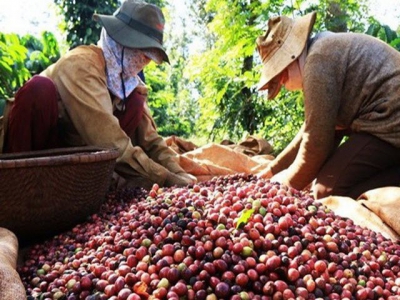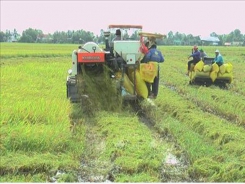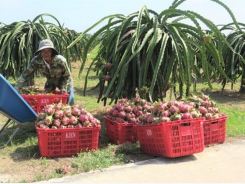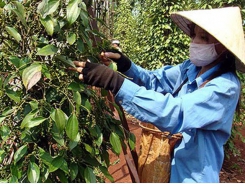Vietnam tightens grip on worlds coffee market

Vietnam and Brazil now produce more than half the world’s coffee, up from less than a third 20 years ago, and the proportion is rising, US Department of Agriculture estimates show.
Illustrative photo.
As one of the world’s top two coffee producers, Vietnam, along with Brazil, is achieving productivity growth that outstrips rivals in places such as Colombia, Central America and Africa, Reuters reported.
A plunge in global coffee prices in recent months, to their lowest levels in 13 years, has begun to trigger a massive shake-out in the market in which only the most efficient producers will thrive, according to coffee traders and analysts.
Rival producers elsewhere in the world are increasingly likely to be driven to the margins, unable to make money from a crop they have grown for generations. Some are already turning to alternative crops while others are abandoning their farms completely.
Such shifts are almost irreversible for perennial crops like coffee, as the decision to abandon or cut down trees can hit production for several years.
“Brazil and Vietnam have had consistent increases in productivity, other countries have not,” Jeffrey Sachs, director of the Center for Sustainable Development at Columbia University, was quoted by Reuters as saying, citing advances in mechanization, selective crop breeding techniques and irrigation technology.
The two countries now produce more than half the world’s coffee, up from less than a third 20 years ago, and the proportion is rising, US Department of Agriculture estimates show.
Figures from the UN Food and Agriculture Organization over the last decade showed Vietnam has seen yields rise from already strong levels, climbing about 18% to around 2.5 tons per hectare, higher than Brazil of 1.5 tons.
Meanwhile, Colombia did show some growth, about 12%, but remains well behind at about one ton per hectare while in Central America there was a decline of around 3% to a meager 0.6 tons.
In Colombia and Central America, coffee is typically grown on hillsides where mechanization is more difficult, and hand-picking cherries has kept production costs relatively high. The African sector, meanwhile, is dominated by small-scale farmers often unable to raise the capital needed for new techniques.
Có thể bạn quan tâm
Phần mềm

Phối trộn thức ăn chăn nuôi

Pha dung dịch thủy canh

Định mức cho tôm ăn

Phối trộn phân bón NPK

Xác định tỷ lệ tôm sống

Chuyển đổi đơn vị phân bón

Xác định công suất sục khí

Chuyển đổi đơn vị tôm

Tính diện tích nhà kính

Tính thể tích ao hồ



 How Brazil and Vietnam are tightening their grip…
How Brazil and Vietnam are tightening their grip…  Pepper output sees significant rises amid low prices
Pepper output sees significant rises amid low prices